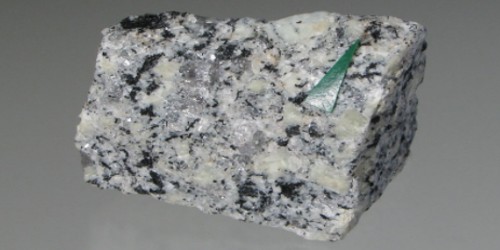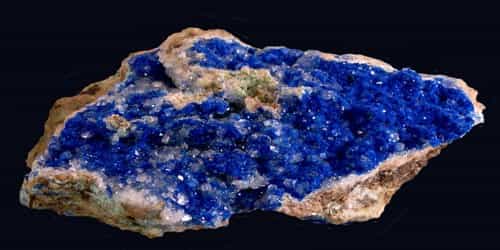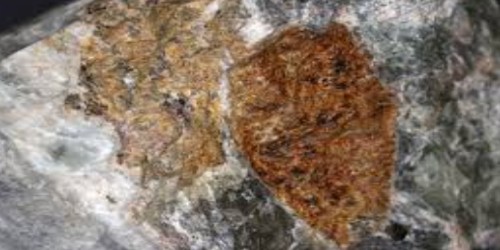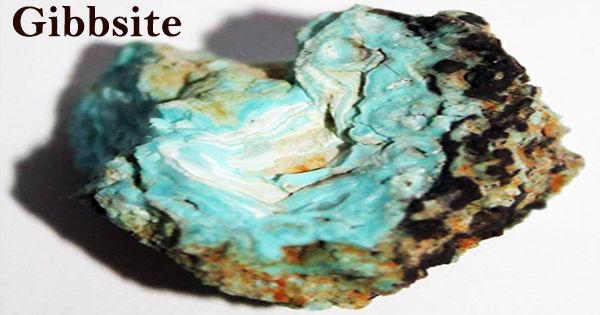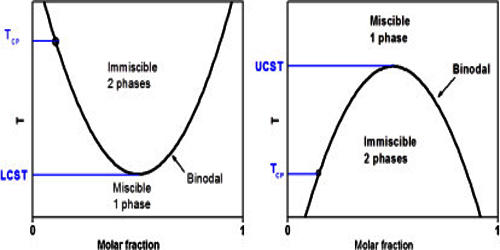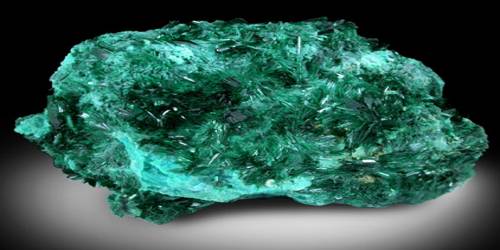Gagarinite-(Ce) previously zajacite-(Ce) is a rare radioactive fluoride mineral with formula Na(REExCa1-x)(REEyCa1-y)F6. REE refers to rare-earth elements, mostly those belonging to the lanthanide series. It was discovered in 1993 at Strange Lake, Quebec – Labrador, (56°20’N, 64°10’W) and was initially named for Ihor Stephan Zajac, who led the expedition responsible for its discovery, and who first recognized the presence of the new mineral.
General Information
- Category: Halide mineral
- Formula: Na(REExCa1-x)(REEyCa1-y)F6
- Crystal system: Trigonal
- Crystal class: Rhombohedral (3)

Fig: Gagarinite-(Ce)
Properties
It crystallizes in the trigonal rhombohedral system and has a white vitreous appearance with a conchoidal fracture. It has a Mohs hardness of 3.5 and a specific gravity of 4.44 to 4.55. Zajacite is transparent with refractive indices nω = 1.483 and nε = 1.503. Gagarinite-(Y) is a yttrium-rich analog.
- Color: Colorless, pale pink, orange
- Crystal habit: Granular
- Fracture: Conchoidal
- Tenacity: Brittle
- Mohs scale hardness: 3.5
- Luster: Vitreous
- Diaphaneity: Transparent
- Specific gravity: 4.44–4.55
- Optical properties: Uniaxial (+)
Occurrence
It occurs as creamy to white anhedral to subhedral grains in pegmatite and aplite pods or lenses in a peralkaline igneous intrusion. The mineral was renamed gagarinite-(Ce) in 2010 by the IMA. The new name is for Russian cosmonaut Yuri Gagarin (1934–1968).
Occurrence: In a rare-earth-element enriched, peralkaline granitic complex (Strange Lake).
Association: Vlasovite, narsarsukite, willemite, fluorite (Strange lake).
Distribution: From the Strange Lake deposit, Quebec-Labrador, Canada
Information Source;
